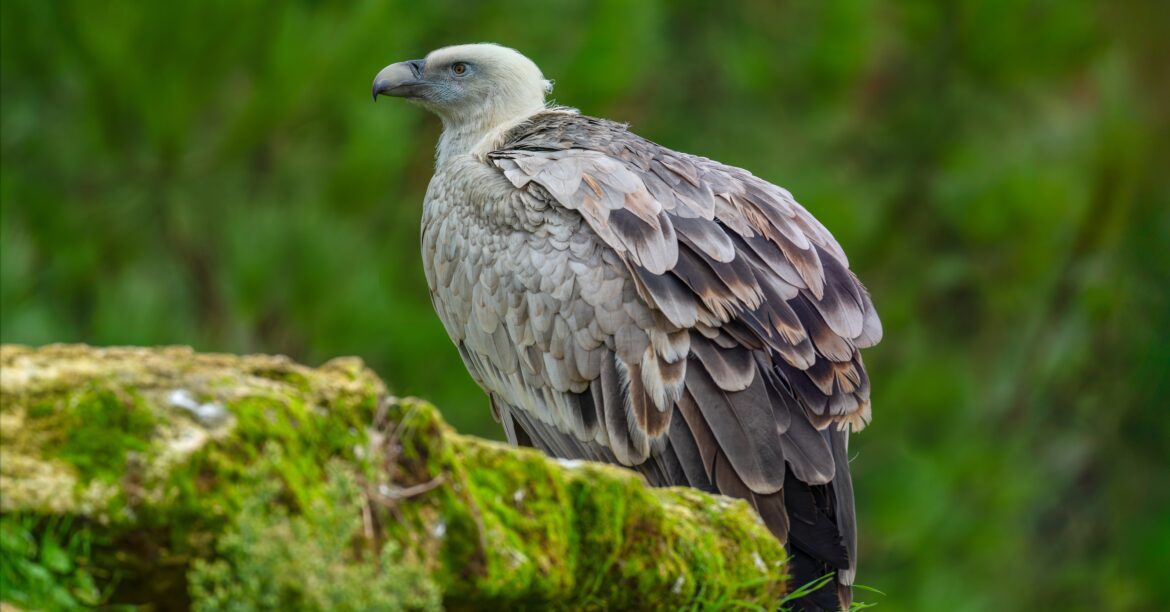The first Eurasian griffon vulture chick of the season has hatched at the Jerusalem Biblical Zoo’s Raptor Hatchery Center.
The bird will later be released into the wild, as part of an initiative to boost the population of the endangered species.
After arriving as an egg from the Hai-Bar Carmel Nature Reserve, and after 54 days of incubation, the chick hatched during the first week of March.
The Eurasian griffon vulture is the largest raptor in Israel, and while the chick is born weighing 151 grams (5.3 ounces), in adulthood it may reach a weight of about 10 kilograms (22 pounds with a wingspan of about 2 meters (6.5 feet).
The chick was hatched at the Biblical Zoo’s National Center for Artificial Incubation of Raptor Eggs, as part of the zoo’s initiative with the Israel Nature and Parks Authority to reintroduce Eurasian griffon vultures into the wild.
Relevant eggs are collected from zoos and breeding centers across the country and brought to the hatching center, which has thus far succeeded in incubating, hatching and releasing hundreds of birds of prey.
Bringing buzzards back from the brink
Israel’s once-thriving birds of prey populations have faced a dramatic decline in recent decades, creating an urgent conservation challenge for iconic species like the Eurasian griffon vulture.
Since Israel’s establishment, griffon vulture numbers have plummeted from nearly 1,000 breeding pairs to fewer than 40 today, mirroring similar declines among other raptors such as golden eagles, Egyptian vultures, and the locally extinct bearded and cinereous vultures.
The Golan Heights, once home to hundreds of observable griffon vultures, now rarely offers visitors a glimpse of these magnificent birds.
This troubling trend stems from multiple threats including illegal poisoning through pesticide-laced baits, electrocution from power infrastructure, habitat destruction, climate change impacts, and human disturbance.
In the most recent stark illustration of the manmade dangers posed to wildlife in Israel, over 335 birds — among them crows, black kites and eagles — were poisoned by a patch of water contaminated with agricultural pesticide runoff.
“We have been working on this issue of wildlife poisoning for decades now, but we are stepping up and putting more effort in this area after this horrible, horrible event,” said Yoav Perlman, ornithologist, ecologist and director of SPNI’s BirdLife Israel program, in a recent interview with ISRAEL21c.
Breeding programs, GPS tracking of nesting sites, and public awareness campaigns are aimed at reversing this decline. Wildlife experts emphasize that without comprehensive and immediate action, these majestic birds face the real possibility of local extinction in the coming years.
Originally posted on israel21c.org

